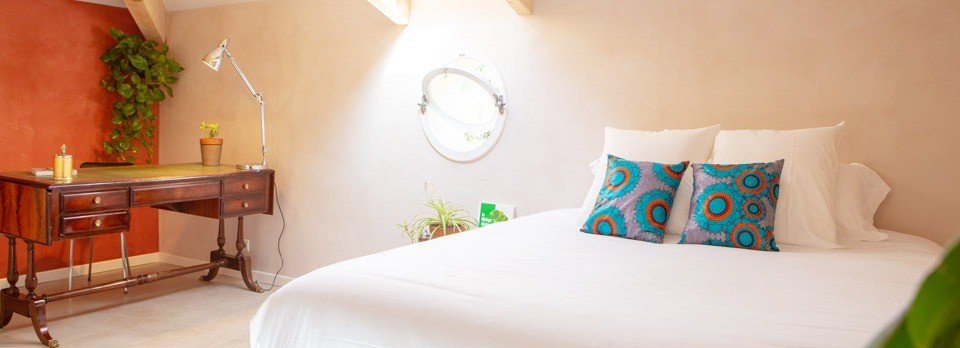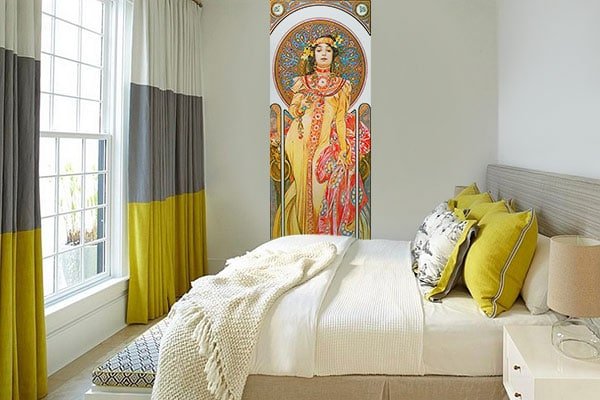Born at the end of the nineteenth century, Art Nouveau emerged in response to the expansion of mass industrialization. This movement sought to break away from ancient styles, particularly the Greek-Roman aesthetic, which had been merely updated rather than reimagined. Art Nouveau is characterized by its emphasis on curved lines and intricate designs. Although it spread internationally with regional adaptations, its defining elements remain inventiveness, novelty, rhythm, and color.
Nature-Inspired Aesthetics
A key characteristic of Art Nouveau is its reliance on nature for inspiration. The movement features specific ornaments derived from organic forms, particularly trees, flowers, animals, and insects. Over time, Art Nouveau evolved to incorporate more geometric and structured designs influenced by Cubism, which ultimately led to the birth of Art Deco in the 1920s. Despite their chronological succession, these two movements remain distinct in style and should not be confused.
A Response to Industrialization
Art Nouveau emerged as a reaction against the Industrial Revolution, which had turned Europe into an increasingly industrialized and impersonal society. As its name suggests, the movement aimed to bring novelty and freshness to mass material production. Often referred to as “the art of the period of maximum splendor,” Art Nouveau sought to reintroduce nature into the heart of art, urban spaces, and daily life. With its intricate, arabesque, and asymmetrical designs, the movement is often associated with a sensual, picturesque, and emotionally evocative style.
Art Nouveau in Everyday Life
Art Nouveau was not confined to paintings or sculptures—it extended to architecture, furniture, clothing, calligraphy, jewelry, and decorative objects of all kinds. This “Art of Freedom” prioritized aesthetics and decoration over practicality. Women, often depicted with flowing hair, were a recurring motif, providing artists with opportunities to create intricate curls and winding forms that contributed to the overall composition. The color palette remained subdued, avoiding stark contrasts to maintain a natural, harmonious effect.
Incorporating Art Nouveau into Interior Design
For those looking to infuse their interiors with Art Nouveau elements, various options are available. In architecture, wooden or marble beams, vaults, and arches create an authentic aesthetic. Wrought iron with curved and arabesque designs can be used for stair railings or decorative accents. Furniture pieces should be substantial and primarily crafted from wood.
Sofas and upholstery featuring floral or animal motifs—such as birds, butterflies, and dragonflies—enhance the Art Nouveau ambiance. However, to prevent an overwhelming effect, these elements should be used sparingly. Wooden shelves, tables, and frames can also contribute to the look, but it is best to avoid excessive painting to preserve the natural texture of the materials. Colored glass windows further enhance the Art Nouveau aesthetic by adding an extraordinary and authentic touch.
Balancing Art Nouveau with Modern Design
For those who appreciate Art Nouveau but are hesitant to redesign their entire interior, less radical solutions are available. Wallpapers or decorative panels with Art Nouveau motifs can provide an elegant yet subtle nod to the movement. This approach allows for a harmonious blend of historical and modern styles, maintaining a contemporary yet timeless feel.
While Art Nouveau may not appeal to everyone, its influence remains undeniable. By reinterpreting classical elements in innovative ways, designers continue to make this artistic movement relevant for new generations, ensuring its legacy endures.
Ultimas Entradas Publicadas

How to paint a wall without traces (roller)?

Which color in concrete concrete to choose?

Place in the new skull design table

Cement cement texture

How to paint a room: what color and what kind of paint to choose?

Tadelakt in a bathroom: step by step

Art Nouveau Style Decoration

10 contemporary paintings that will make you travel

Tension tables: new creations

